How a Nomadic Staple Became the Yogurt in Your Fridge
What do Turkic horse-riding herders on ancient steppes, Bulgarian grannies, Greek philosophers, and your favourite grocery store brand of yogurt have in common?
More than you’d think.
Yogurt might be the most everyday item in your fridge, but it’s actually one of the oldest and most globally travelled foods in history. And while the little tubs we buy today are a far cry from the sun-warmed clay pots of the past, they still carry echoes of ancient wisdom, resourcefulness, and the human instinct to preserve and share.
Let’s dig into how yogurt came to be, how it spread, and what we can learn from its long journey —from nomadic necessity to supermarket staple.
A Happy Accident on the Move
Long before refrigerators or grocery stores, early herders found themselves with a problem: milk spoiled fast. So, what could they do with all that milk from sheep, goats, cows—or even horses?
The answer came, quite possibly by accident. Nomads carried fresh milk in leather bags, often made from animal stomachs, slung over the backs of animals or saddles. The combination of warmth, movement, and natural enzymes caused the milk to ferment into something thicker, tangy, and far longer-lasting: yogurt.
This transformation wasn’t just practical—it was nutritious. Fermenting milk broke down much of the lactose, making it easier to digest. It also introduced beneficial bacteria that could help preserve the yogurt and support digestive health. For people constantly on the move, a spoonable, portable food that wouldn’t spoil easily made perfect sense.
In time, yogurt became more than just a travel companion—it became a cultural cornerstone. From the steppes of Central Asia to the hills of Anatolia, it took root in daily life, cooking traditions, and even medicine.
In the early 1900s, Western scientists began paying attention to yogurt not as a food, but as a health elixir.
Yogurt, Medicine, and the Ottoman “Cure”
For centuries, yogurt wasn’t only food; It was considered healing. In many Turkic communities, it was used to soothe upset stomachs, ease sunburns, and even treat infections. Thick yogurt was believed to cool the body, settle digestion, and restore balance. It was so respected that, in the 1500s, Ottoman Sultan Suleiman the Magnificent reportedly sent a yogurt “doctor” to treat the French king’s chronic stomach troubles —something no European doctor could cure. According to legend, the king recovered, and yogurt’s reputation quietly began to spread westward.
Originally sold as a health food, Dannon made a breakthrough when it added jam to the bottom of its cups —making yogurt more favourable for the sweet American palate.
A Common Thread Through Many Cultures
Yogurt isn’t owned by one culture —it’s part of many. From Indian dahi to Persian mast, to the oxýgala of ancient Greece, fermented dairy showed up wherever milk was abundant. But the creamy, smooth yogurt that most resembles what we eat today was most closely associated with Turkic pastoralists. These communities developed a taste for thick, spoonable yogurt often made from sheep’s milk, which naturally produced a denser, richer texture than the thinner, fizzy koumiss made from mare’s milk.
Over time, as Turkic-speaking peoples moved westward, their foodways travelled with them, reaching the Balkans, the Middle East, and beyond. When Turkic Bulgars and local Slavic communities merged in the region we now call Bulgaria, they brought their own traditions together. What emerged was kiselo mlyako, or “sour milk” —a version of yogurt made from cow and sheep’s milk that would become a defining feature of the region.
Centuries later, a Bulgarian microbiologist would identify and isolate the very bacteria that gives yogurt its tang and texture: Lactobacillus bulgaricus. The microbe still bears the country’s name, and the discovery helped kick off yogurt’s rise in modern health science.
Traditional yogurt may contain a diverse range of microbes (sometimes a dozen or more species) whereas most factory yogurts contain just two or three.
From Pasture to Pharmacy to Fridge
In the early 1900s, Western scientists began paying attention to yogurt not as a food, but as a health elixir. A Russian-French researcher named Élie Metchnikoff suggested that the reason so many people in the Balkans lived long, healthy lives might be due to all the yogurt they were eating. This idea caught fire in Europe and the U.S., and soon, yogurt was being sold in pharmacies as a digestive aid.
Then came the entrepreneurs. A Sephardic Jewish businessman named Isaac Carasso, originally from Ottoman Salonica (modern-day Thessaloniki, Greece), started making yogurt in Barcelona in 1919 under the name “Danone.” His son Daniel later brought the business to France and then to the U.S., where it became known as “Dannon.” Originally sold as a health food, Dannon made a breakthrough when it added jam to the bottom of its cups —making yogurt more favourable for the sweet American palate.
Today, yogurt is a global industry, worth tens of billions of dollars and available in endless flavours, textures, and packaging. One of the most popular styles? Greek yogurt. But here’s where things get interesting again.
So… What Is “Greek” Yogurt, Really?
In ancient Greece, people did eat something called oxýgala —sour milk curds often mixed with honey or figs to lighten the intense acidity. But it wasn’t the thick, creamy yogurt we now associate with the word “Greek.” In fact, the strained, protein-rich style of yogurt popularized as “Greek yogurt” today is found all over the Eastern Mediterranean, Central Asia and the Indian Subcontinent, where people have long strained yogurt into labneh, süzme yoğurt, kurut, or chakka.
So why call it Greek?
Marketing. In the early 2000s, Greek company Fage branded its strained yogurt as “Greek yogurt” abroad. A few years later, a Turkish-Kurdish immigrant named Hamdi Ulukaya founded Chobani in the U.S., labelled his yogurt “Greek,” and built it into the number-one yogurt brand in America.
The name stuck. But the practice of straining yogurt wasn’t unique to Greece —it was a shared method among many cultures, including Turkish, Persian, Arab, and South Asian communities.
Yogurt was eaten with meats, stewed vegetables, grains, or soups —not usually by itself, and not as a dessert.
Traditional vs. Industrial: Not All Yogurt Is Created Equal
The yogurt my grandmother makes has just two ingredients: milk and a little bit of yogurt from the previous batch.
Today, many supermarket yogurts are still fermented with live bacteria, but others are thickened with starches, gelatin or seaweed extract, flavoured with sugary jams, or even heat-treated to kill bacteria for longer shelf life. These products can still taste good, but they don’t always offer the same probiotic benefits or nutrition as traditional versions.
For example, traditional yogurt may contain a diverse range of microbes —sometimes a dozen or more species— whereas most factory yogurts contain just two or three. Some yogurts marketed as “Greek” may not even be strained, but instead thickened with additives. That’s not necessarily harmful, but it’s helpful to know.
And knowing how to make it yourself? That’s not just healthy, it’s empowering. It gives you control over what you eat, and a connection to thousands of years of practical knowledge passed down through cultures that worked with nature, not against it.
The Bigger Picture: It Was Never Just About Yogurt
Yogurt has long been a piece of a larger lifestyle. Among the long-living people of Central Asia, the Balkans, and the Mediterranean, yogurt was one part of a balanced, largely home-cooked diet filled with seasonal vegetables, legumes, and fermented foods. Meals were shared and nourishing. Yogurt was eaten with meats, stewed vegetables, grains, or soups —not usually by itself, and not as a dessert.
Today, we often look for superfoods to add to our diet. But yogurt isn’t a miracle in a cup. It’s part of a bigger story about how people once lived —and what we might learn from them. Slowing down. Using simple staples. Paying attention to what’s in our food. Eating together.
And, sometimes, remembering that one of the most ancient foods in the world might be right there in your fridge.
Final Thoughts
Yogurt isn’t Turkish, Greek, or Bulgarian alone —it’s all of those and more. It reflects migration, adaptation, and the ingenuity of people working with the land and with each other.
But it does make sense that nomadic peoples —always on the move, resourceful by necessity, and deeply connected to their herds— would have relied on yogurt as a staple. Their version of this food travelled with them, across mountains and empires, from steppe to city.
It’s still travelling today.

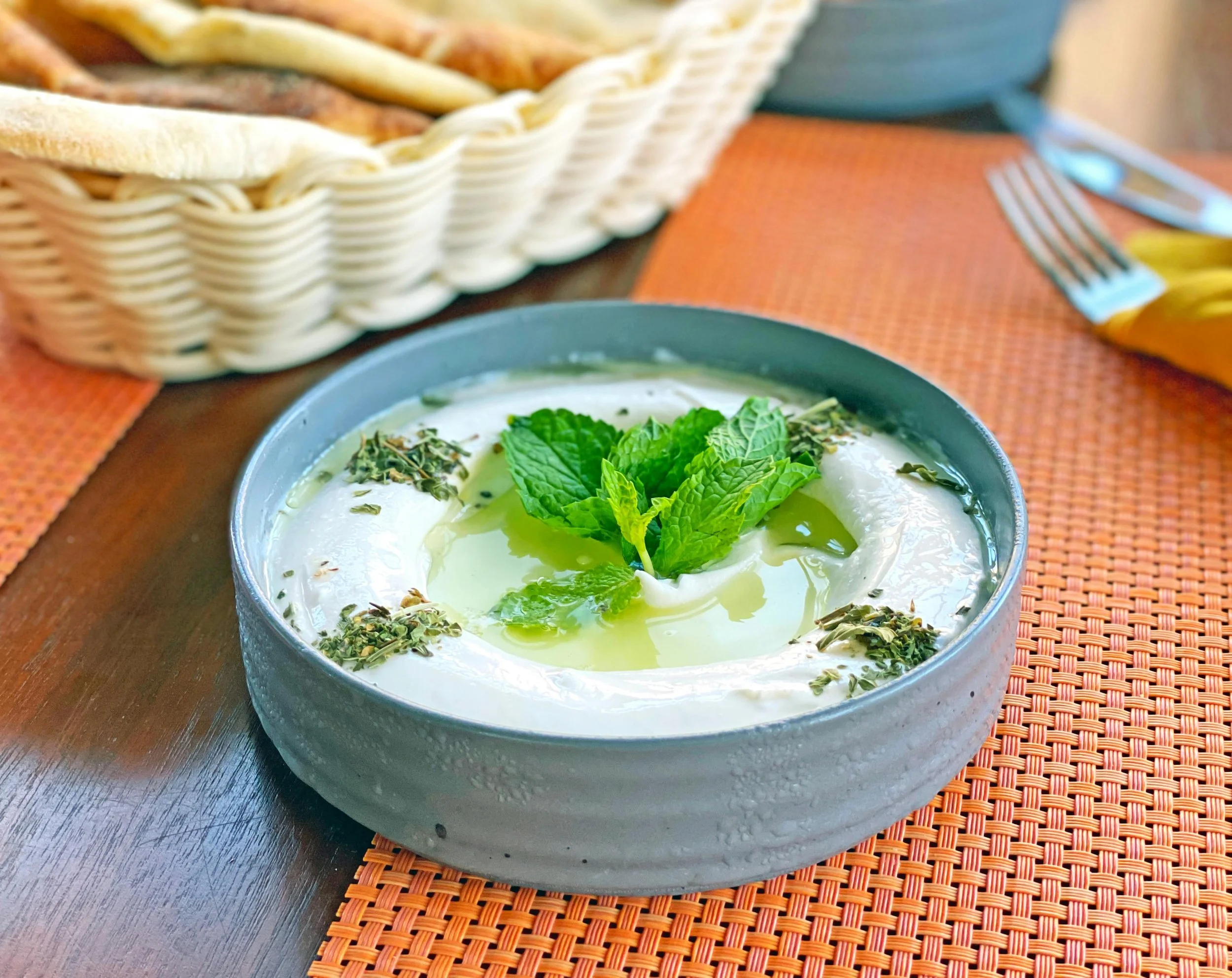

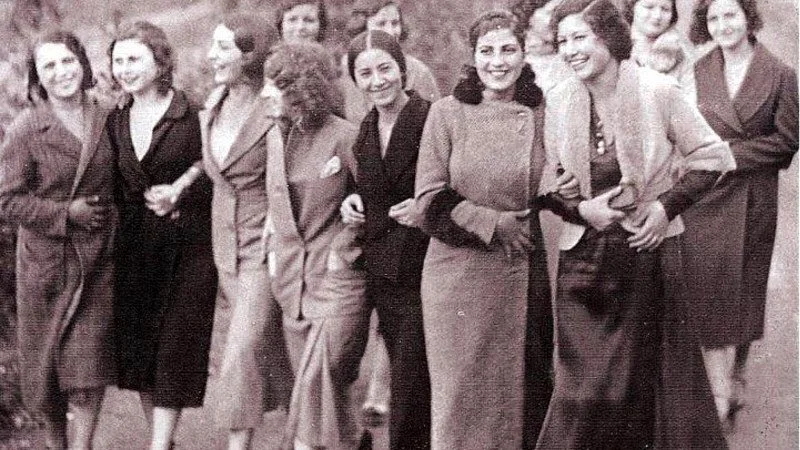


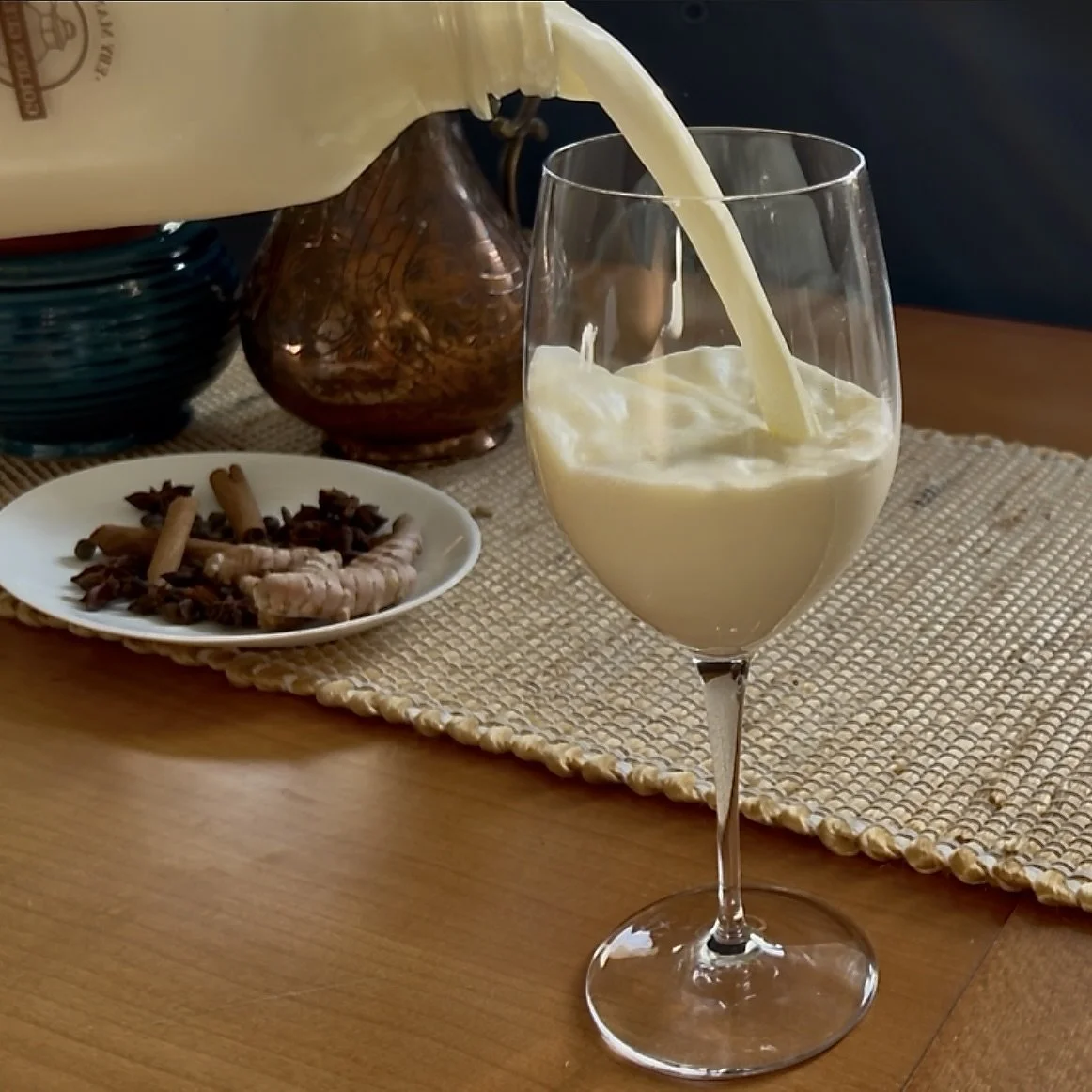
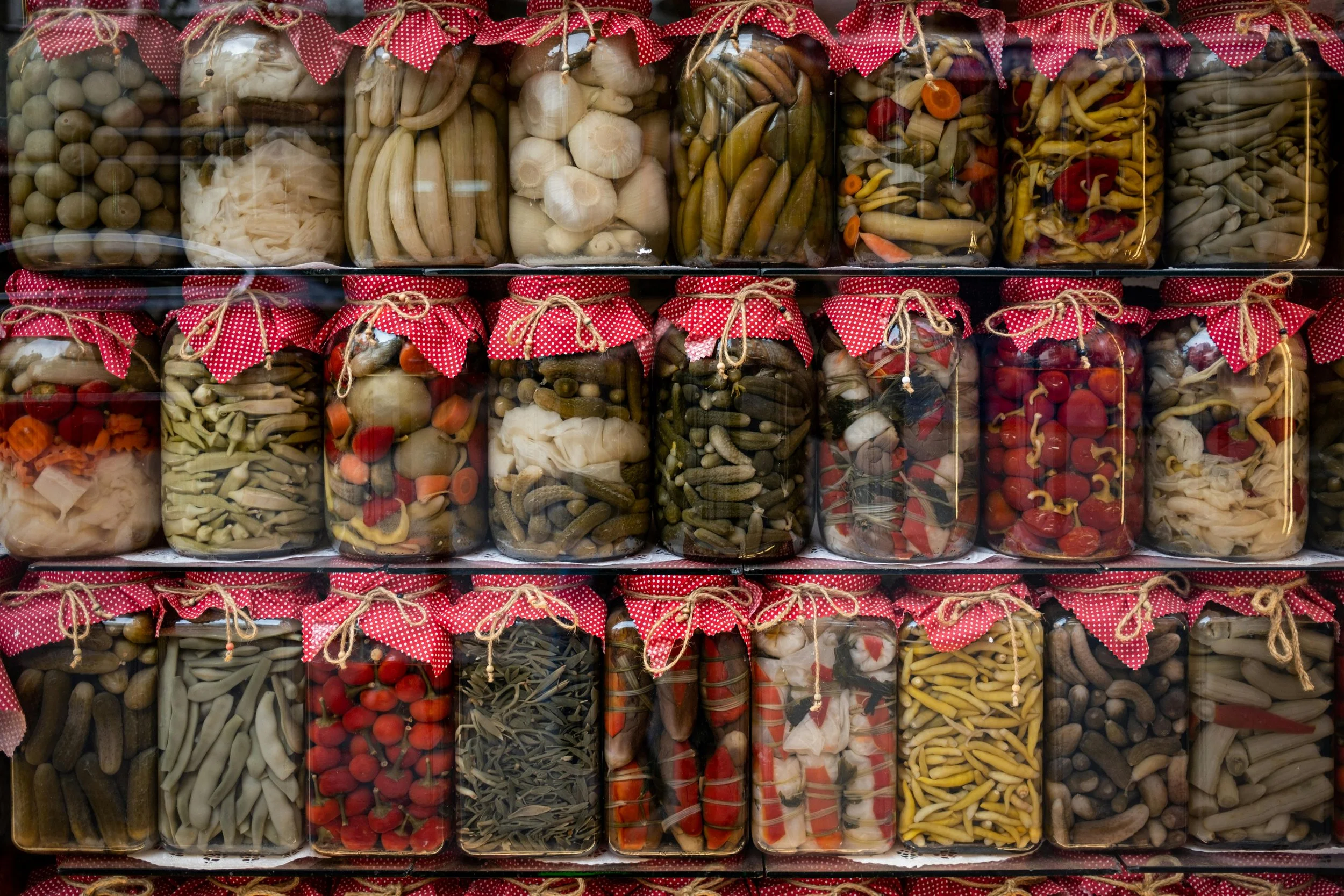












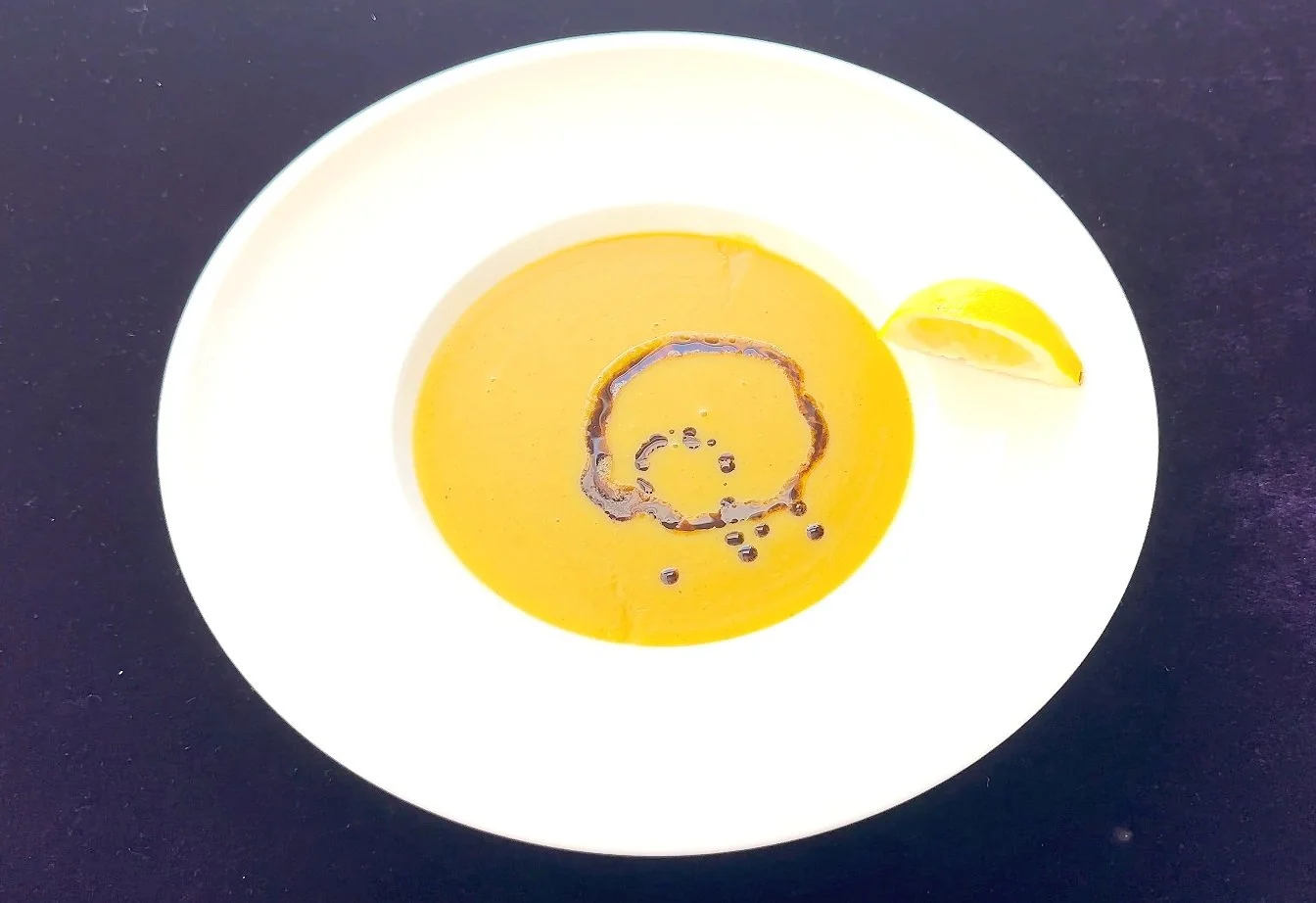



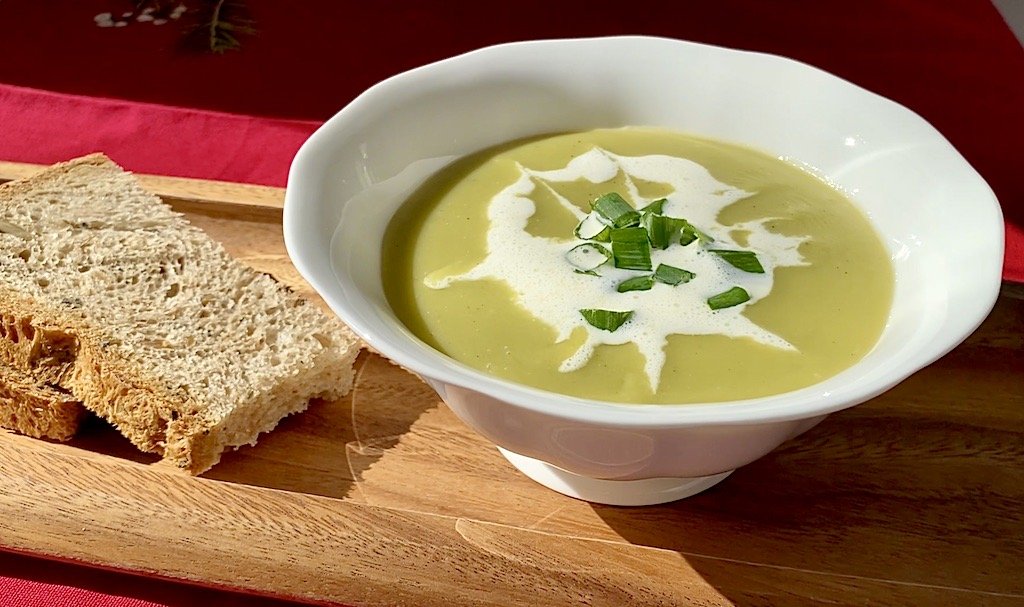
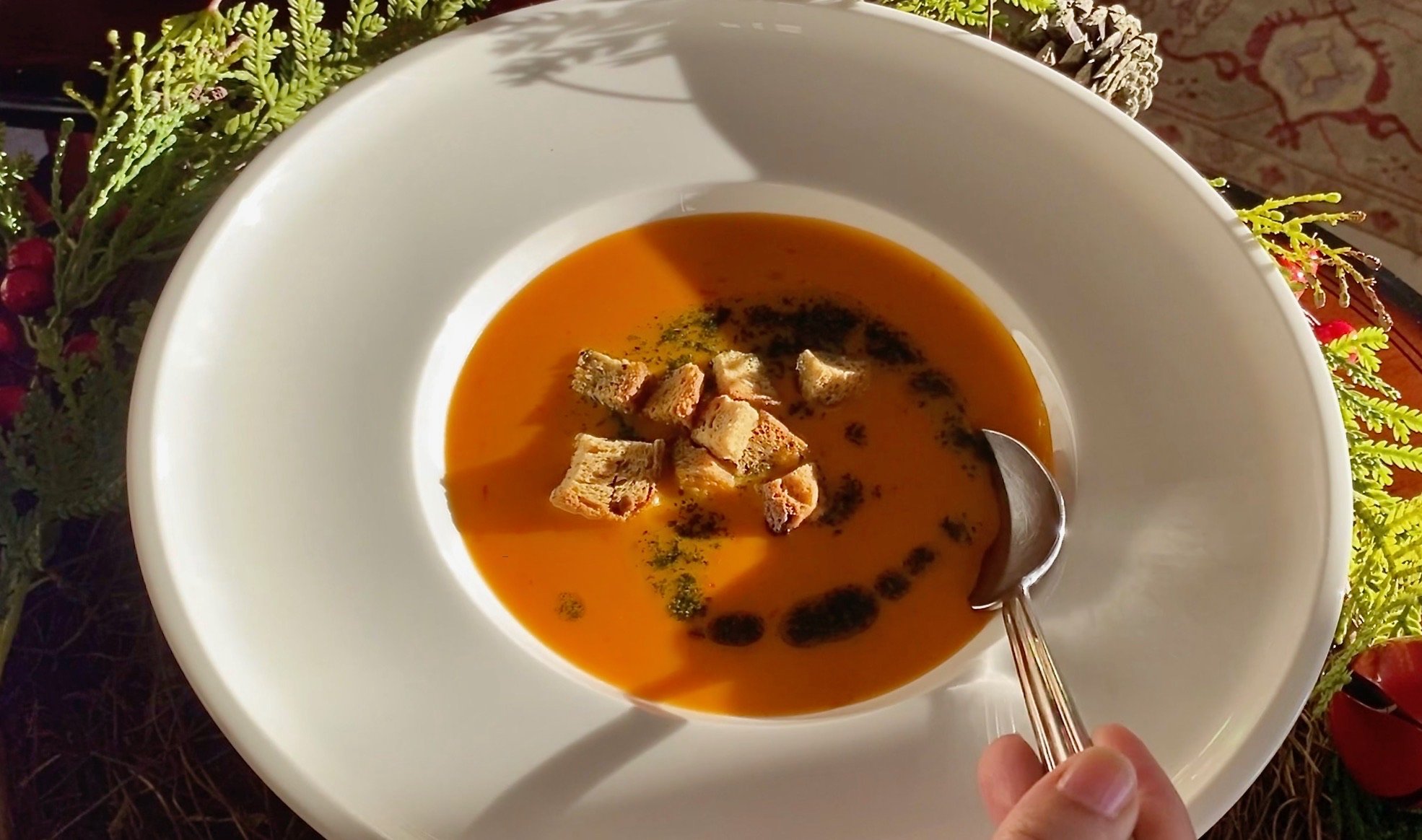

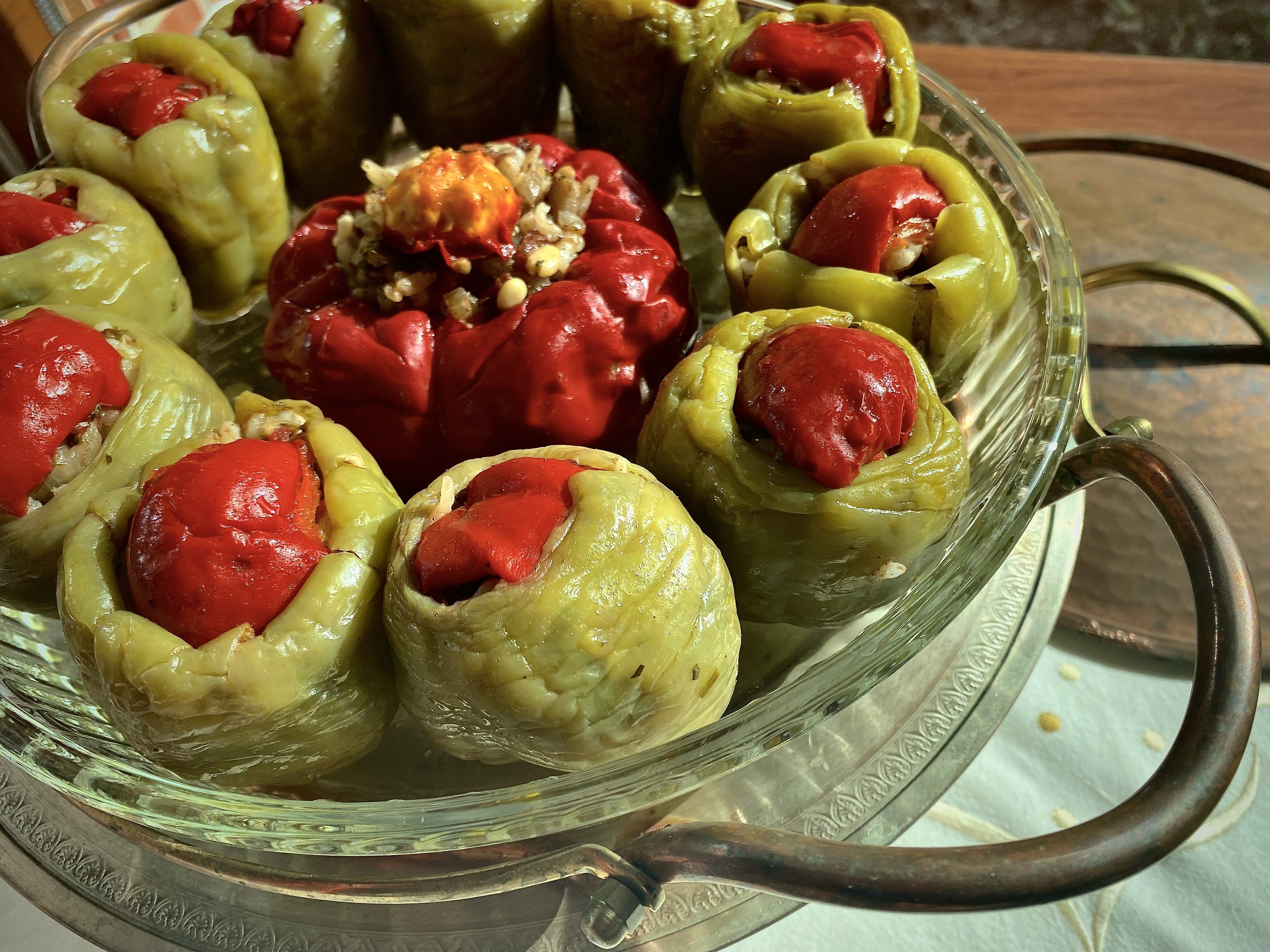


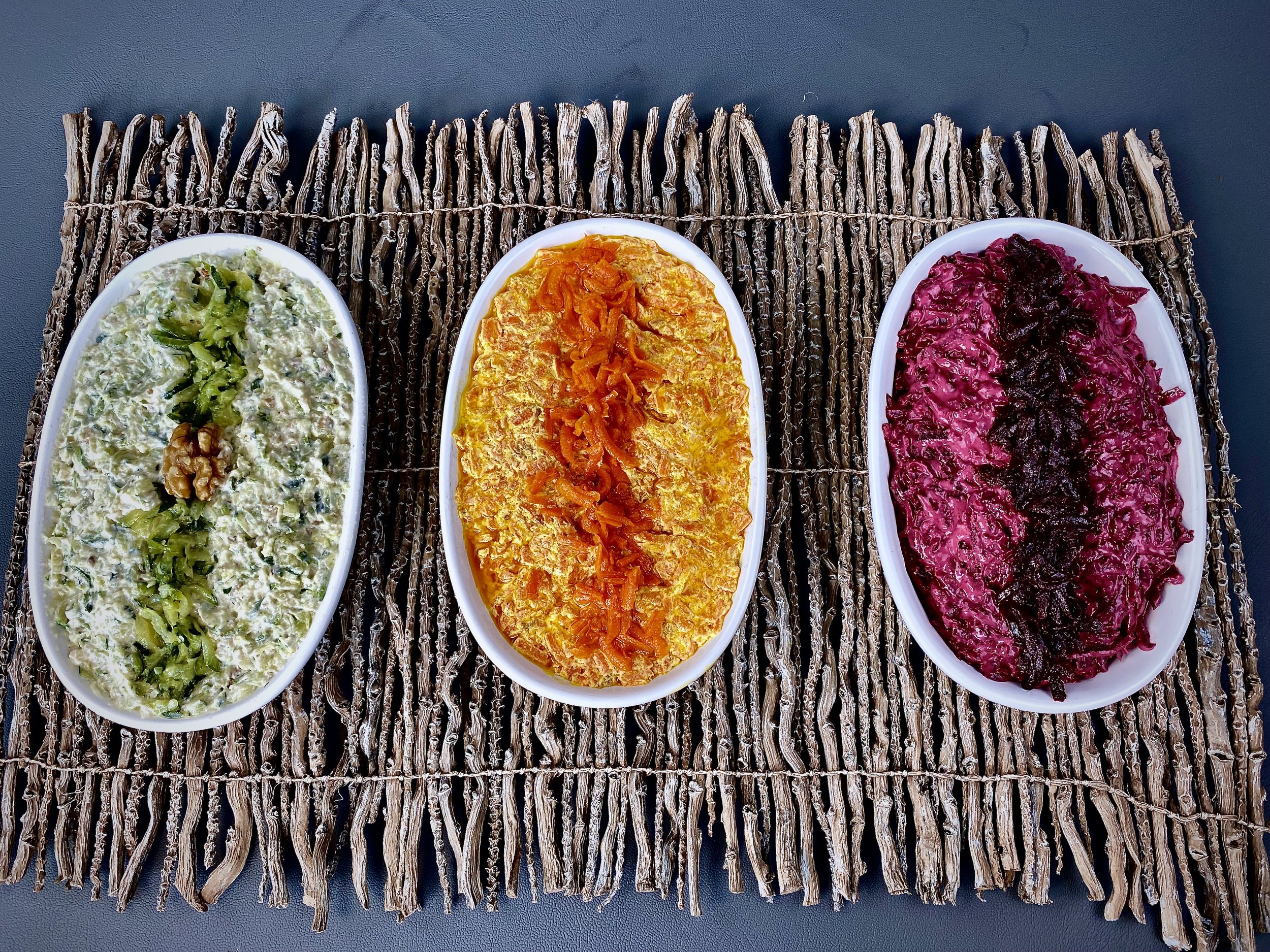
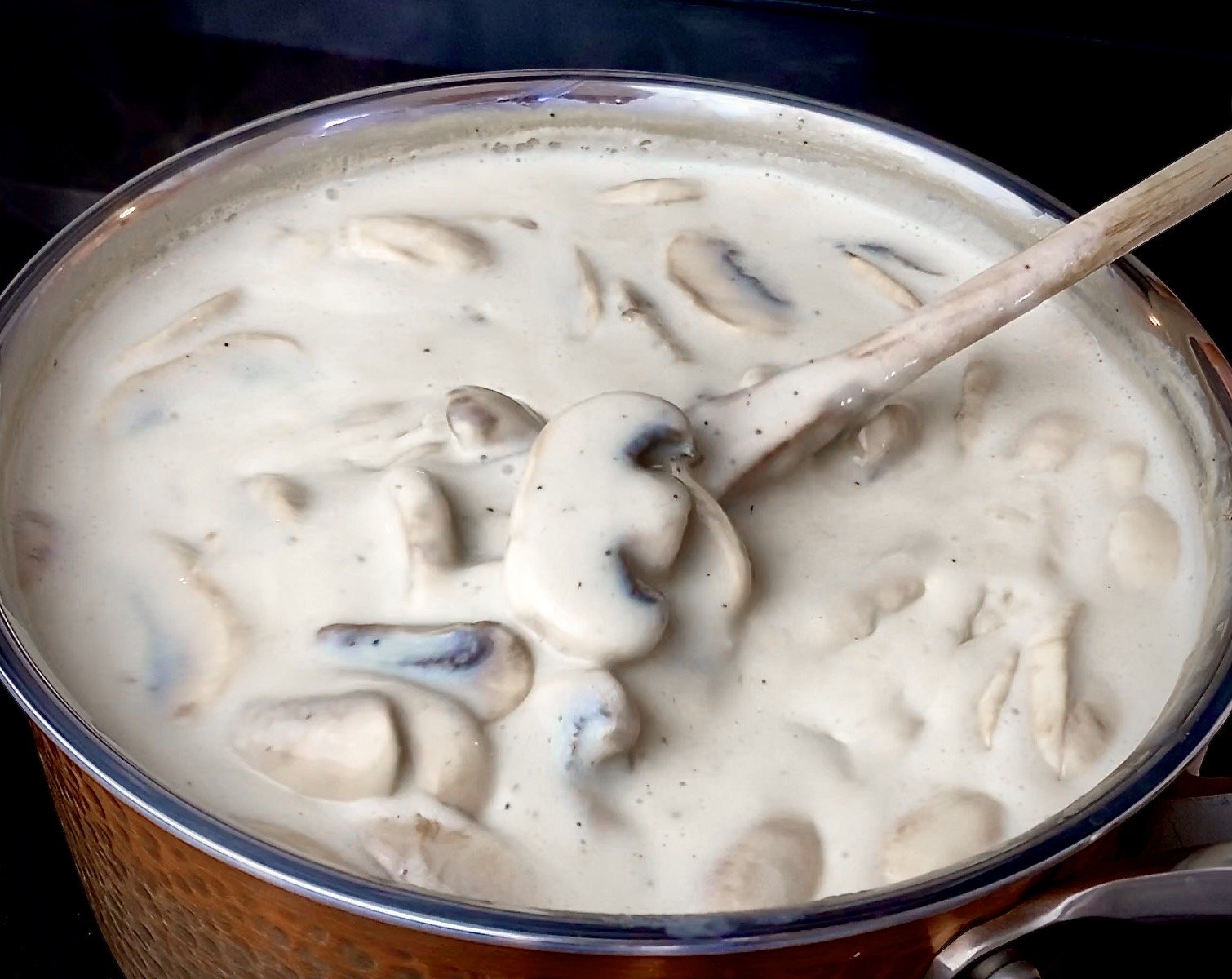
What if the healthiest thing you could do is stop believing everything in the grocery aisle that calls itself “super”?